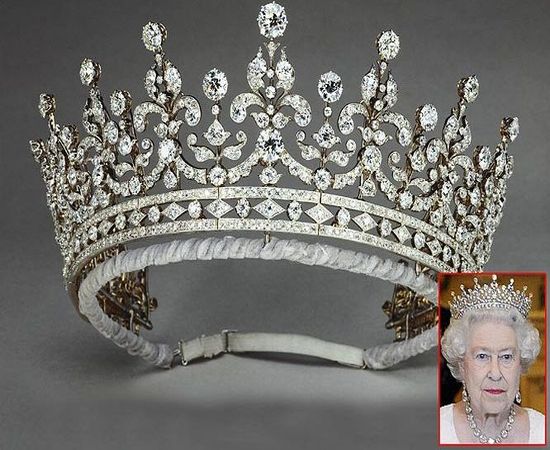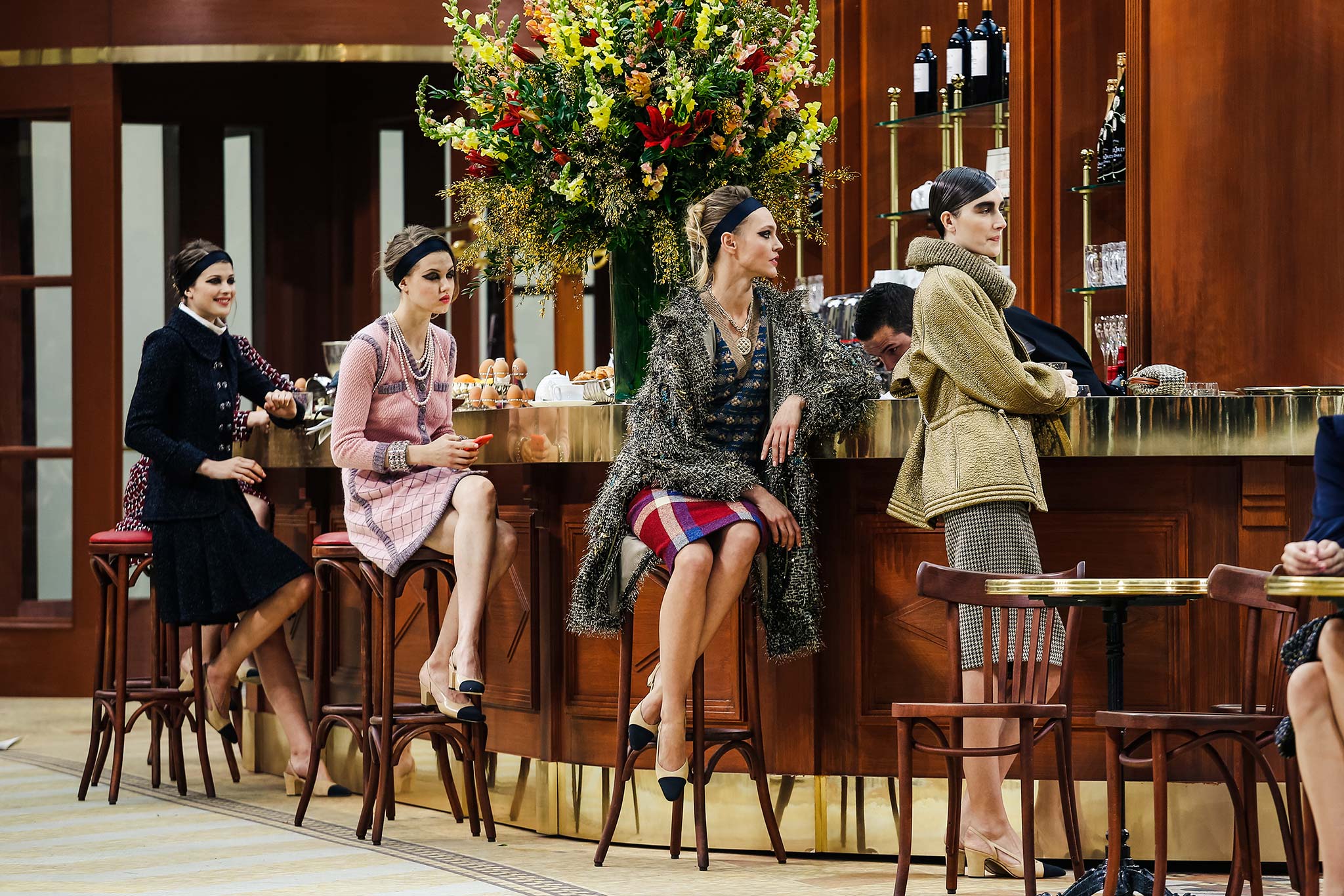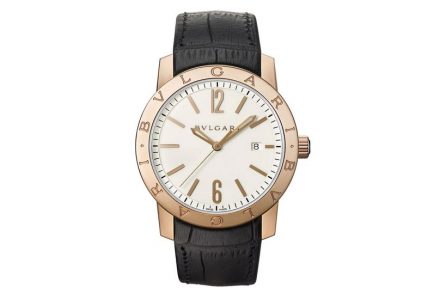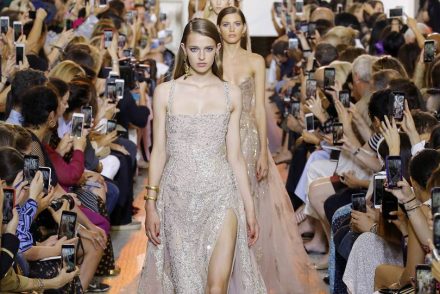A tiara (from Latin: tiara, from Ancient Greek: τιάρα) is a form of crown. There are two possible types of crown that this word can refer to.
While the Papal tiara is a type of crown, tiaras as a type of an adornment not indicating any specific rank are regularly worn by royal and noble ladies; they are merely pieces of jewelry and can be worn by anyone even though they are most commonly associated with royalty.Queen Elizabeth II is said to have the largest and most valuable collection of tiaras in the world, many of which are heirlooms of the British Royal Family. She is often seen wearing them on state occasions. Her personal collection of tiaras is considered to be priceless. The Queen received many of them through inheritance, especially from Queen Alexandra.Queen Mary, consort of King George V, purchased the Grand Duchess Vladimir tiara in the 1920s. It consists of numerous interlocking diamond circles. Pearl drops can be attached inside the circles or emeralds. Queen Mary had a tiara made for the Delhi Durbar held in 1911 in India. It is now on loan for wearing by the Duchess of Cornwall, wife of Charles, Prince of Wales. Queen Elizabeth II commissioned a ruby and diamond tiara. A gift of aquamarines she received as a present from the people of Brazil were added to diamonds to make a new tiara.

“Princess Mary’s Wedding Tiara”
Probably bought during an auction, this diamond-set tiara was presented by Queen Margrethe II of Denmark to Mary Donaldson, when she married in 2004, Crown prince Frederik. It also can be worn as a necklace. Recently, princess Mary asked for the tiara to be altered: since then, an additional rank of white pearls has been added on the base of the tiara, and six other bigger pearls have been added on top of the minor scrolls.
EARRINGS: The aquamarine earrings were a gift from CP Frederik for his future wife Mary Donaldson just before their marriage.
Source: Boryana Nesheva

This fabulous tiara set with 655 South African diamonds is the masterpiece of a sapphire and diamond parure presented to Queen Emma of the Netherlands by her husband King Willem III, which also includes a necklace, a devant-de-corsage and two bracelets. The design, based on a sketch from Oscar Massin in 1867, shows a base composed of thirty Kashmir sapphires set in rhomboidal motifs and each separated by diamond-set fleur-de-lys. The detachable central motif consists of a large cushion-cut sapphire, surrounded by diamonds and two smaller sapphires, which would have belonged to Queen Anna Paulowna, spouse of King Willem II. It is surmounted by another fleur-de-lys ending with three large solitaire diamonds. But the originality of the tiara lies elsewhere : according to the “pampilles en tremblant” technique, the row of rhomboidal motifs is topped with very fine spikes at whose ends are crimped twenty-eight solitaire diamonds that vibrate at the slightest movement. Please note that, although she had never worn the tiara, Queen Wilhelmina probably commissioned in 1928 the silversmith Koninklijke Begeer to replace the heavy gold frame by a platinum one. Please note that for King Willem Alexander’s investiture, Queen Màxima has chosen to remove the fleur-de-lys ending with three large solitaire diamonds, and replaced them by only one. Please note that the silversmith Koninklijke Begeer was commisionned in 1928 to replace the heavy gold frame by a platinum one. Until recently, the tiara was attributed to Mellerio dits Meller, as the masterpiece of a sapphire and diamond parure which would have also included a necklace, a stomacher and two bracelets. Actually, the archives of the French jewellery house wouldn’t contain any record for that.
Source: Lurdes Rebocho

“Poiré Pearl Tiara”
Made in 1825 in Berlin, this pearl and diamond tiara was presented to princess Louise of Prussia by her father King Friedrich Wilhelm III, when she married prince Frederik of the Netherlands. In 1850 it was given to the elder daughter of the couple, princess Louise, when she married prince Carl of Sweden, duke of Scanie and later King Carl XV. In 1870 it came into the Danish royal collection when Queen Louise of Sweden’s daughter, herself named Louise and spouse of King Frederik VIII of Denmark, inherited it. It is composed with 18 pearls hanging into diamond arches, and it is currently one of Queen Margrethe II of Denmark’s favorite jewels.
Source: Michel Bergagnini

“Berleburg Fringe Tiara”
As many diamond fringe tiaras in the royal vaults, this one can also be worn as a necklace. But it has one particularity : the main row of stones set inside each graduated-sized fringe is itself surrounded by another row which follows the edge, increasing the bright and the lightness effect. Made by Koch in 1902, it would have been presented by prince Richard von Sayn- Wittgenstein-Berleburg as a wedding gift to his new wife, nee princess Madeleine zu Löwenstein-Wertheim-Freudenberg. Their grandson, prince Richard, probably inherited the tiara in 1976, upon princess Madeleine’s death (although he inherited the title in 1969, after his father, prince Gustav-Albrecht, was declared missing and then finally dead during the Second World War). It currently remains his property.
Source: Michel Bergagnini


“Princess Dagmar’s Tiara”
This tiara was probably commissioned in 1922 by Queen Louise of Denmark for the wedding of his youngest daughter, princess Dagmar of Denmark, with Jorgen Castenskjold. Completely set with diamonds, its motifs reproduce five flowers resting on a interlacing of leaves. After princess Dagmar died in 1961, the tiara came back to the royal collection, that allowed and Queen Margrethe II to wear it quite often in her youth. In 2008, she put it at Marie Cavallier’s disposal when she married her second son, prince Joachim of Denmark.
Source: Michel Bergagnini


The Cartier Halo (Scroll) Tiara. ca. 1936. (clockwise from top left Queen Elizabeth the Queen Mother, Princess Margaret, the Duchess of Cambridge)
It was made from one of her wedding gifts, a necklace of a Greek key pattern with pendant diamonds and pearls given by her husband, the future George VI. Jewellers Garrard dismantled it and created a tiara instead.
The Queen Mother often wore it as a young woman before handing it down to her youngest daughter, Princess Margaret, who also loaned it to Serena Stanhope for her wedding to Margaret’s son Viscount Linley.
Although Prince William and his wife have studiously avoided attending any state banquets since their wedding (when a tiara is obligatory), claiming they are left to senior working royals, tonight’s reception was something of a three-line whip.
There are 172 Foreign Missions currently accredited to the Court of St James’s in London, because St. James’s Palace is still the senior palace and official residence of the Sovereign.
Each year the Queen throws a lavish reception in their honour, where members of the royal family make a point of meeting and greeting each one.
Another Fabulous Royal Tiara from Queen Elizabeth’s Collection is this one, one of my favourite royal pieces.








2 Comments
Thank you for this very useful information. I found it quite interesting. Will definately keep close track of these pages. Great blog post. Youve gained a totally new reader. Please continue this awesome work and I anticipate see more of your superb articles. Thanks a great deal!
I agree with your thoughts here and I really love your blog! Ive bookmarked it so that I can come back & read more in the future.